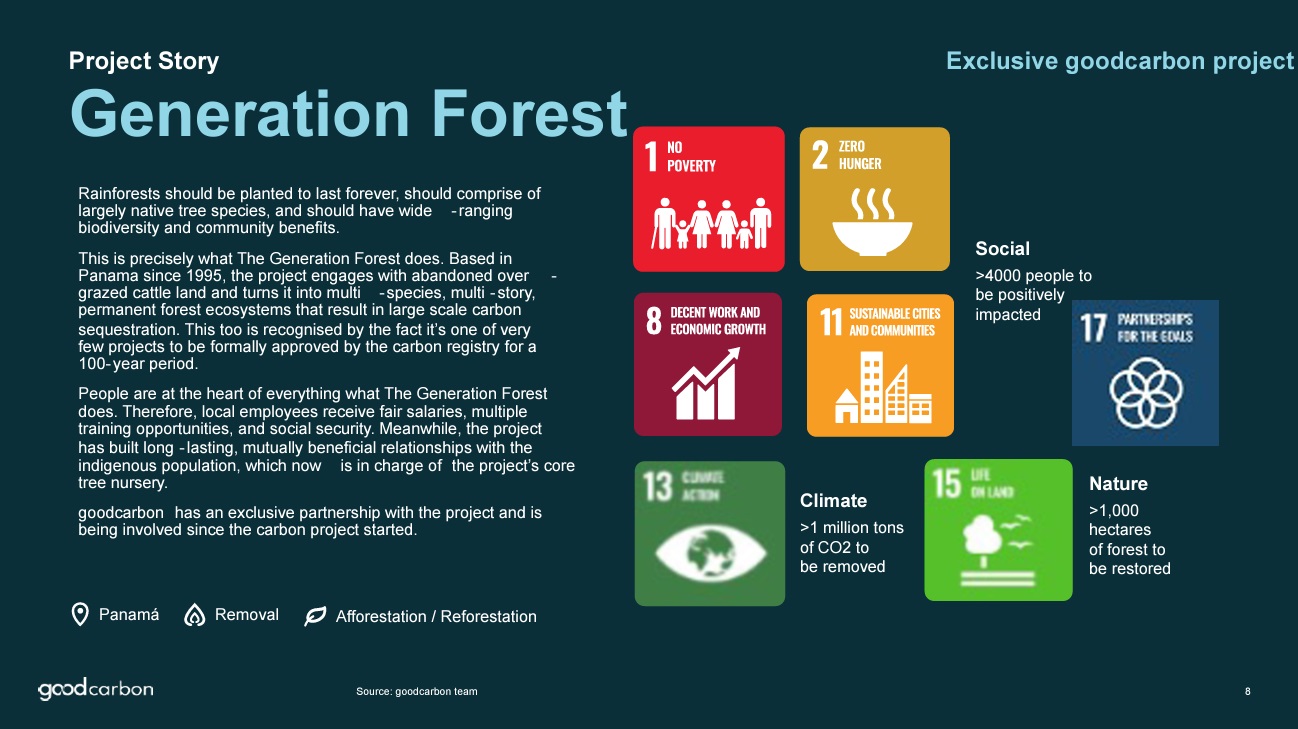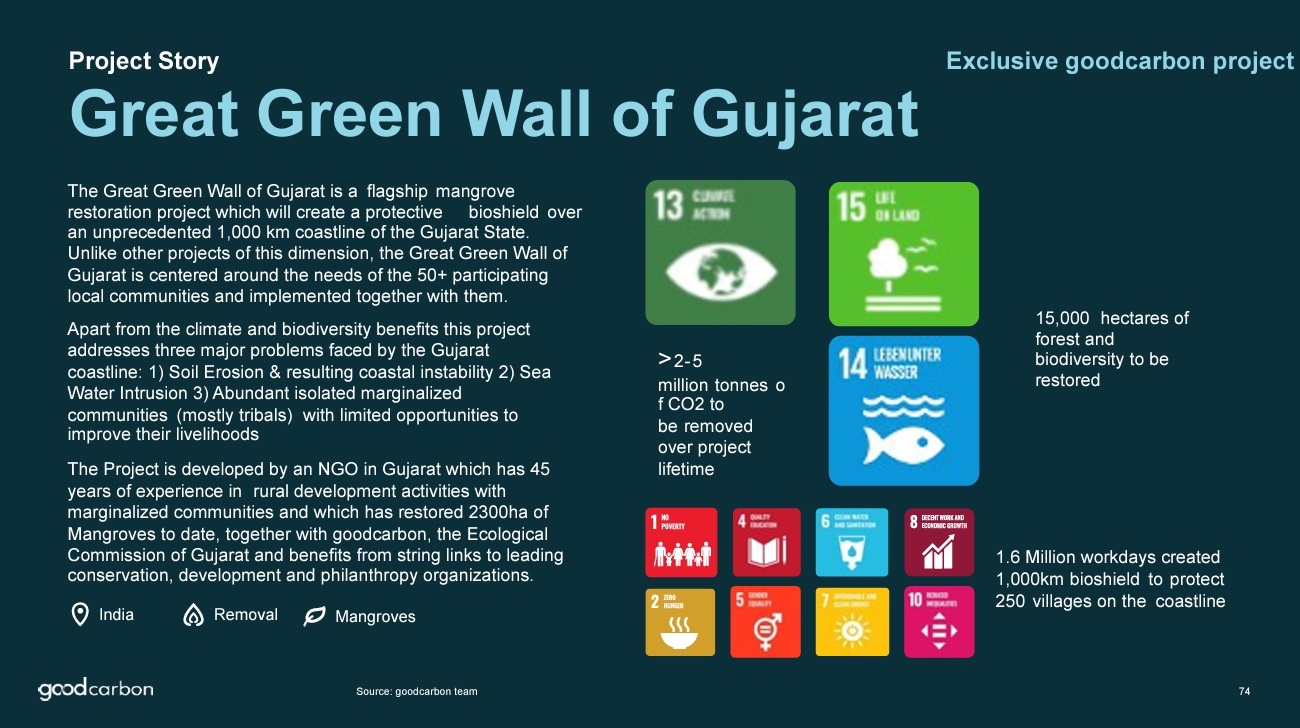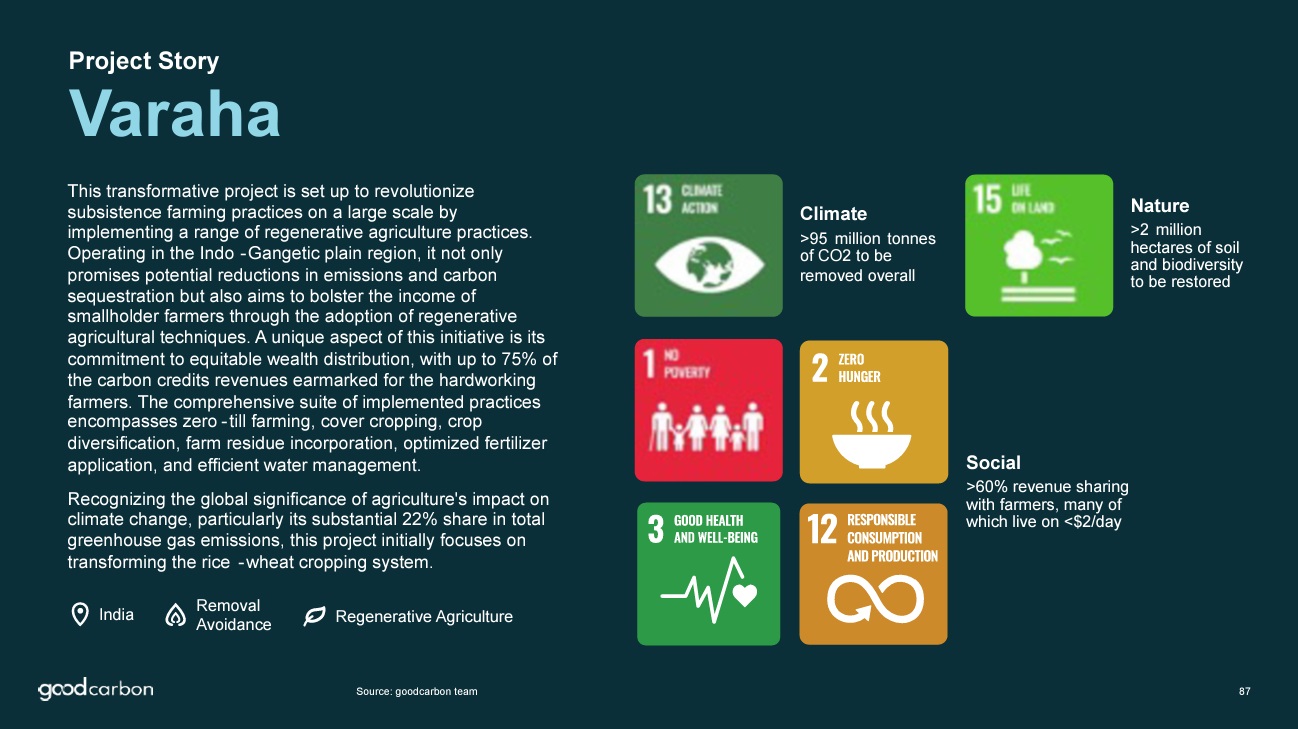Introduction
In today’s business environment, companies have an increased responsibility to engage in proven effective climate action. Organizations must take sustainable steps within their internal value chain while also taking responsibility for their scope 3, encompassing business travel emissions. The EU’s Corporate Sustainability Reporting Directive will require companies inside and outside the EU to be more transparent about their climate impact and their actions to reduce and compensate for it. Despite the post-COVID slowdown in business travel, and the successful reduction of travel emissions through the adoption of more sustainable transportation modes, it’s worth noting that 15-20% of the aviation industry’s emissions still stem from business travel1. The aviation industry accounts for 2% of global energy-related CO2 emissions, underscoring the persistent impact of business-related travel on the overall carbon footprint2 and the resulting need for credible climate action.
Acknowledging that business travel is unavoidable, many companies resort to carbon compensation by using carbon credits to address these travel-related footprints. However, this approach has faced scrutiny in the media, with critics contending that it allows companies to sidestep the challenging work of reducing emissions by simply purchasing carbon credits and claiming carbon neutrality. So while some companies have invested a lot of money in carbon credits to achieve carbon emission neutrality, they’ve learned the hard way that these credits did not deliver the intended impact as claimed.
While carbon credits can play a pivotal role in reaching our global 1.5°-degree target and contributing to ecosystem restoration and conservation, companies must use them responsibly. It’s crucial for organizations to integrate carbon credits thoughtfully into their broader sustainability strategy and assess the quality of the underlying projects, ensuring transparency in their claims. Many companies have recently shifted from asserting carbon neutrality to highlighting their positive contribution, aiming to prevent any misleading communications related to the use of carbon credits.
This article emphasizes the need for companies to adopt a more nuanced and comprehensive perspective when engaging in compensation initiatives. Striking the right balance between genuine emission reduction efforts and responsible carbon credit utilization is key to navigating the complexities of credible climate action.
The challenges with climate claims
The rapid and unregulated growth of the voluntary carbon market has brought challenges, including vague and unsubstantiated climate claims that consequently lead to greenwashing accusations. Numerous companies are grappling with the intricate task of upholding the integrity of their climate strategy, particularly in relation to offsetting claims, including those pertaining to business travel.
The critique stems from the lack of a widely accepted definition for climate neutrality, resulting in a lack of transparency and clear approaches to emissions compensation. This gap allows companies to self-proclaim carbon neutrality without adhering to common requirements or rules, contributing to ambiguity surrounding climate claims.
Furthermore, it has become increasingly evident that relying solely on private standards such as Verra, Gold Standard and Climate Action Reserve is inadequate to guarantee the quality of carbon credits used to compensate emissions. The climate mitigation potential of projects is often overestimated or the potential effects on biodiversity and local communities are overlooked, making companies susceptible to accusations of greenwashing when they base their claims on low-quality credits.
In response to critiques regarding claims of climate neutrality, the EU Commission developed the Green Claims Directive, which imposes specific requirements on companies making assertions about climate or carbon neutrality. This includes:
- clearly indicating the proportion of GHG emissions reduced through their own operations and the portion compensated through offsets
- specifying whether the compensation projects relate to emission reduction or removal credits
- providing details on the integrity and accounting of the offsets used.
From claims to credibility
As company stakeholders continue to become more interested in climate strategy, companies are highly motivated to both “do good” and effectively communicate their efforts. Achieving this requires a strong commitment to integrity. Doing good in relation to business travel involves a commitment to the mitigation hierarchy, where companies prioritize reducing emissions before turning to compensation for unavoidable emissions. This includes establishing science-based emission reduction targets that encompass business travel emissions, with continuous monitoring of progress towards these defined goals. Research indicates that the strategic use of carbon credits can expedite the achievement of emission reduction targets. By putting a price on emissions3 this nearly doubles the pace of reduction.

When compensating unavoidable emissions, companies must ensure the quality of carbon credits used by applying a rigorous and comprehensive approach to assessing potential carbon projects. Avoiding airline offsetting programs is advisable as customers have limited control over project selection and quality. Opting for a dedicated compensation partner leads to the implementation of a holistic compensation strategy covering all emissions from business travel. This approach facilitates the deliberate selection of a high-quality portfolio, ensuring transparency, integrity, and a verifiable impact on nature, climate, and social aspects.
In communicating efforts to mitigate business travel emissions, companies may opt for contribution claims instead of asserting full climate neutrality. Contribution claims signal a commitment to climate action, and express support for CO2e reduction or removal initiatives, without misleading stakeholders that a company has no emission impact. However, the added flexibility could also imply the resurgence of vague climate claims. It’s therefore important that companies are concrete and transparent about the contribution that they are making.

For example: Instead of making a claim that implies to consumers that the protection of a rainforest is supported, companies should clearly state that the company has contributed to the avoidance of e.g. 1.000 tonnes of CO2e through the purchase of carbon or contribution credits to mitigate their travel-related emissions.
For even more effective communication, companies should choose nature-based solution projects of high integrity for compensation. These should be projects that not only sequester carbon but also yield additional advantages, such as fostering biodiversity and providing benefits to local communities. Climate action becomes more credible when the projects have wide-ranging biodiversity benefits and long-lasting, mutually beneficial relationships with the indigenous population with which they are built.

Conclusion:
As companies seek to communicate their efforts in mitigating their business travel emissions, the relevance of carbon credits remains. However, it’s crucial to exercise caution and thoughtful consideration, while communicating transparently to avoid misleading stakeholders with full climate neutrality claims. When participating in climate action, companies should avoid viewing emission compensation as a simple equation and instead adopt a more nuanced and comprehensive perspective —calculating the emitted tonnes of CO2 and offsetting this specific amount to be “climate neutral” does not automatically resolve the broader environmental challenges. Instead, companies should focus on emission reduction first and only use carbon credits to compensate the remaining unavoidable emissions. Recognizing that addressing the complexities of climate change requires a more transformative approach is crucial – only through this acknowledgment, can business travel be effectively utilized as a vehicle for creating positive change.
Whether organizations opt for a compensation claim connected to their travel related emissions or choose contribution claims, the expertise of goodcarbon can support them in developing an effective carbon credit strategy to combat climate change and achieve their climate goals. goodcarbon provides companies with the toolbox to navigate and access high-quality Nature-based Solution projects and related verified carbon credits to compensate for their unavoidable emissions. The projects originate from forests, soil and ocean ecosystems and have a triple impact: on the climate, on biodiversity and for local communities. All projects have passed goodcarbon’s proprietary Nature Analytics Framework which analyzes Nature-based Solution projects based on 165 data points to maximize impact, mitigate risk and ensure integrity.
1 McKinsey & Company. “The Travel Industry Turned Upside Down Report,” September 2020.
2 International Energy Agency (IEA). “Energy System: Transport – Aviation,” July 2023. https://www.iea.org/energy-system/transport/aviation.
3 Trove Research Study. “Corporate Emission Performance and the Use of Carbon Credits,” June 2023.
